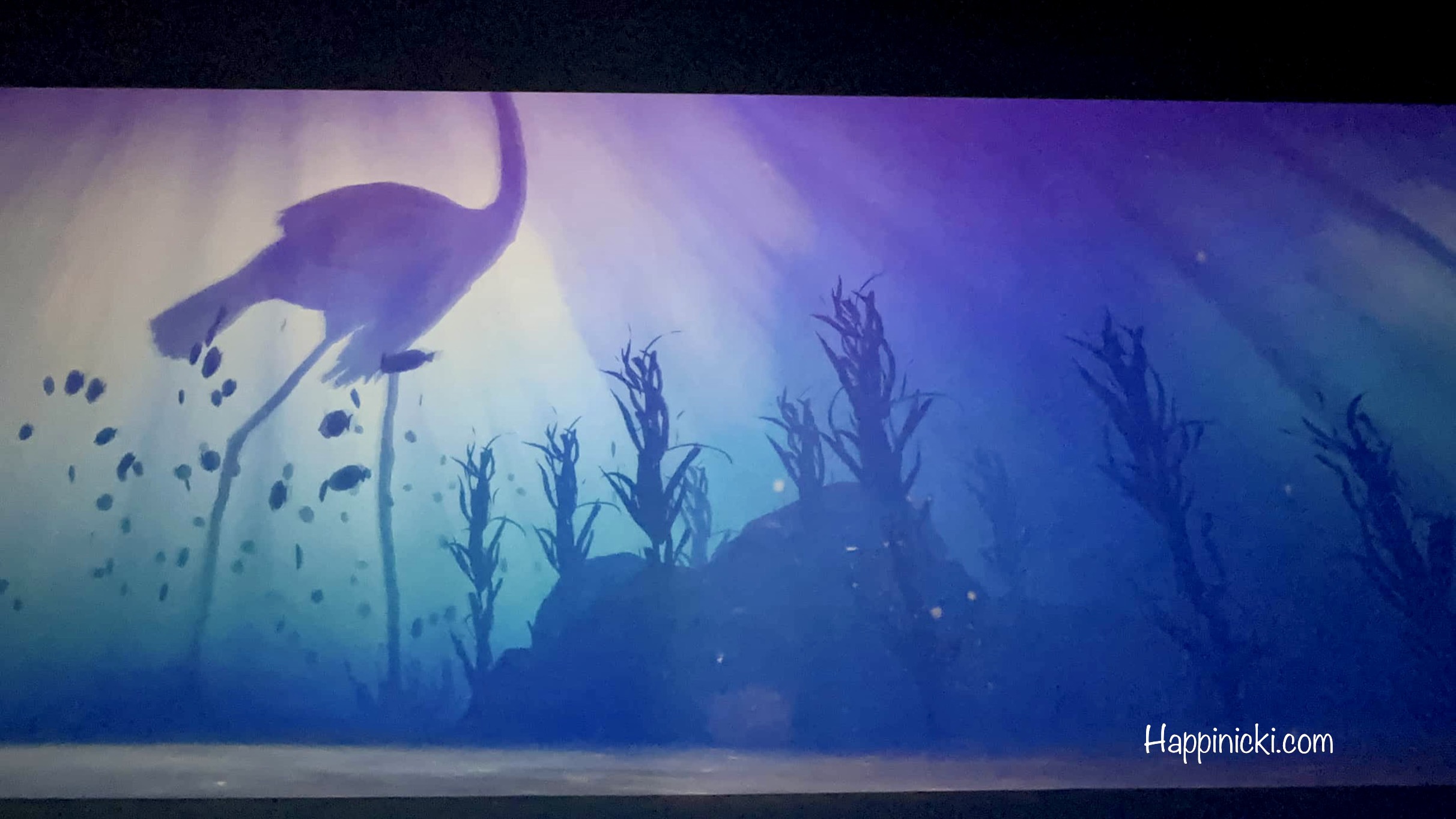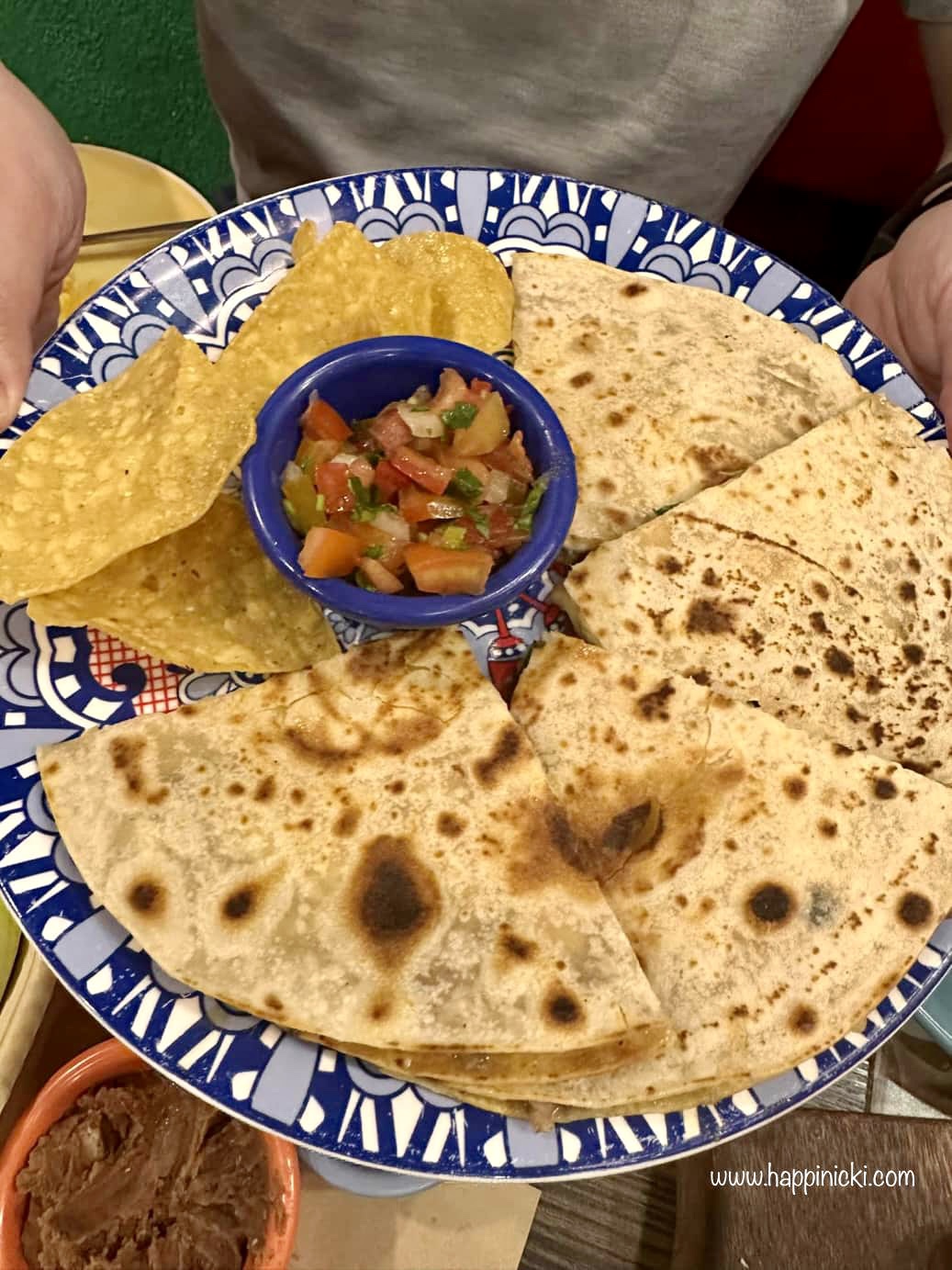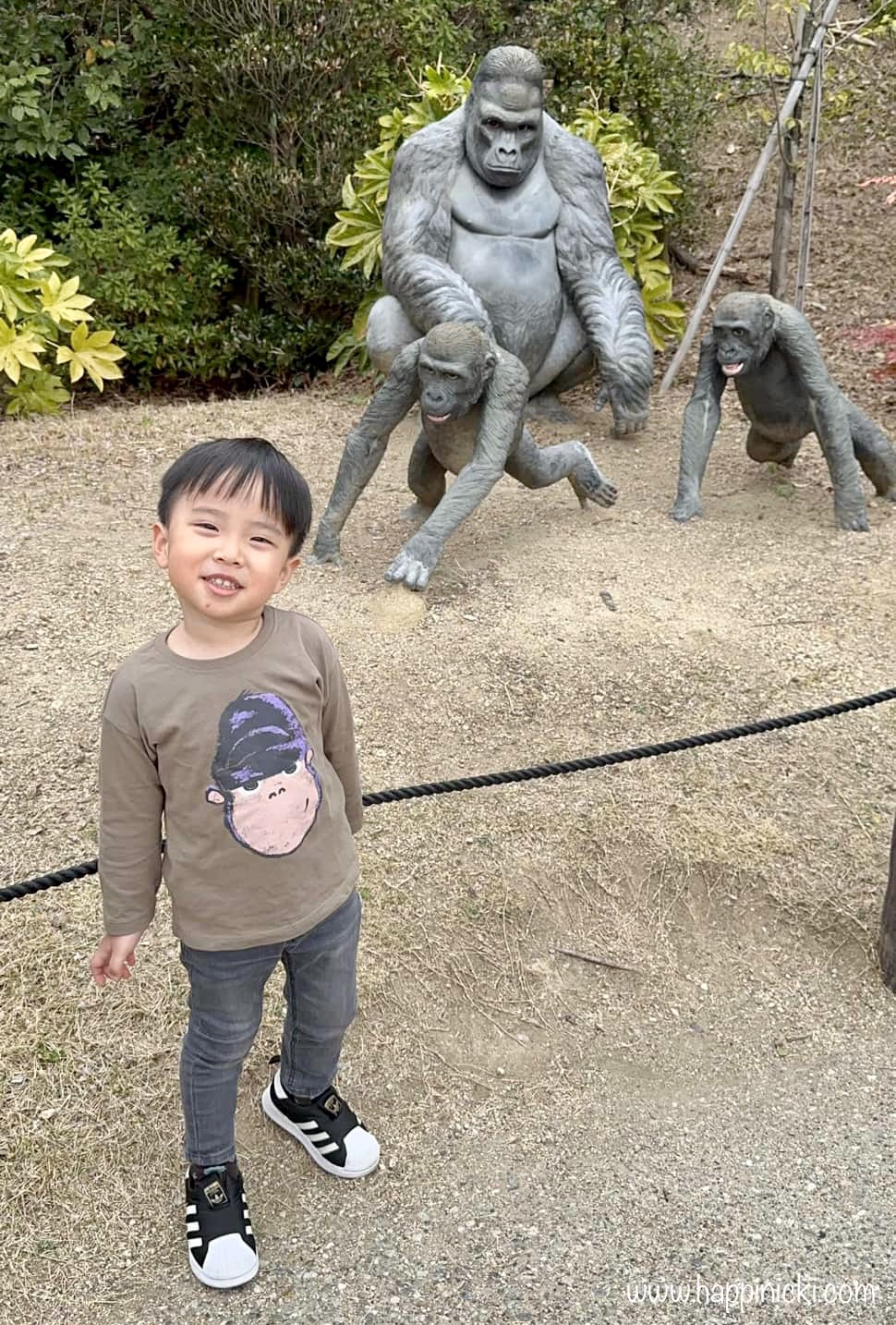When visiting Japan during spring, everyone must be excited to see cherry blossoms blooming in parks, provinces, or even cities. However, did you know that there are other blossoms besides cherry blossoms?
During our recent visit to Japan, we saw lots of trees starting to bloom and we almost thought they were all cherry blossoms. However, I got curious because I knew there were peach blossoms and plum blossoms too.
And since I couldn’t sleep well for a night during our stay in Japan because the differences between the 3 blossoms kept bugging me, I knew I had to research about it. And because it’s an AHA! moment for me, I wanted to share what I learned with my research.
If you’re here for the first time, I’d like to invite you to follow me on my socials – Facebook, YouTube, and TikTok so you’re updated on our recent food, hotel, and travel reviews!
Difference between cherry blossom, peach blossom, and plum blossom
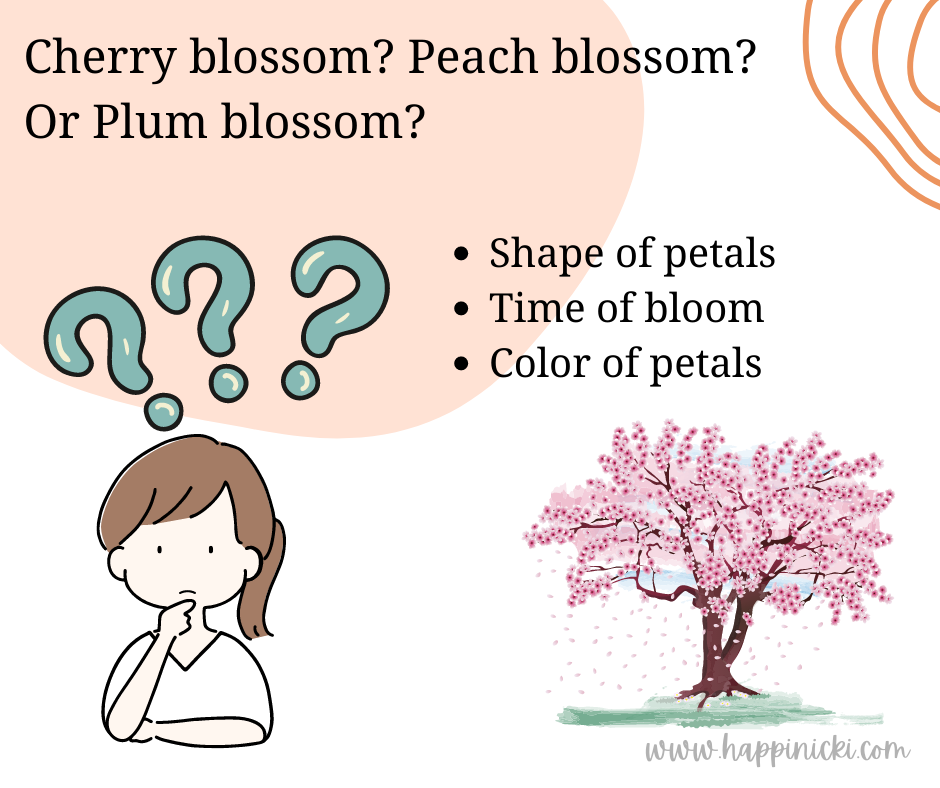
Some might think that the difference between cherry blossom, peach blossom, and plum blossom is the color, they might be correct at some point. However, that’s not the only identifier for the 3 lovely blossoms.
Are you curious about the cherry blossom vs peach blossom characteristics? Let’s know more about their differences (including plum blossom) so the next time you visit Japan (or even Korea), you can proudly say, “No, that’s not cherry blossom.”
Klook.comShape of petals
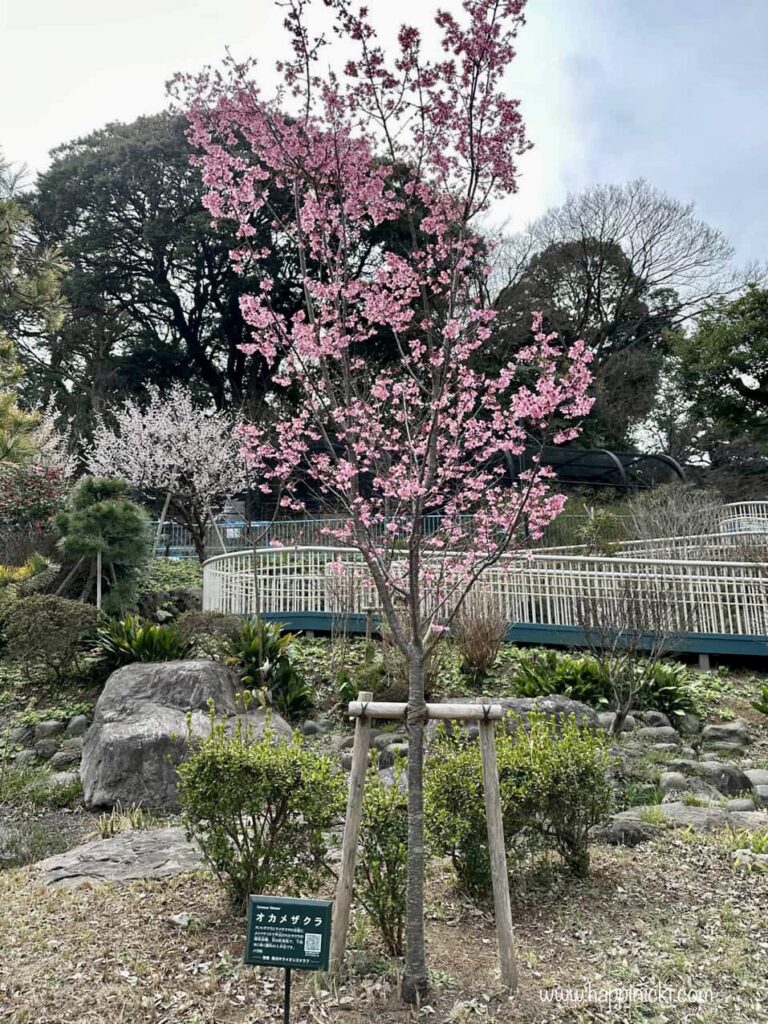
One of the easiest ways to identify plum blossom vs peach blossom vs sakura (or cherry blossom), is by checking the shape of petals. With plum blossom, expect to see evenly rounded petals, whereas, with peach blossom, you will see teardrop-shaped petals.
On the other hand, cherry blossoms are a bit different than plum and peach blossoms. When you see a split or indent at the end of the petal, you’ll instantly know that it is a cherry blossom.
During our travel, I checked the flowers we saw at the parks by taking note of the shape of the petals. We saw white and pink blossoms, but we weren’t sure which is which. But thanks to the split at the end of the petals, I smiled for what we saw were indeed cherry blossoms!
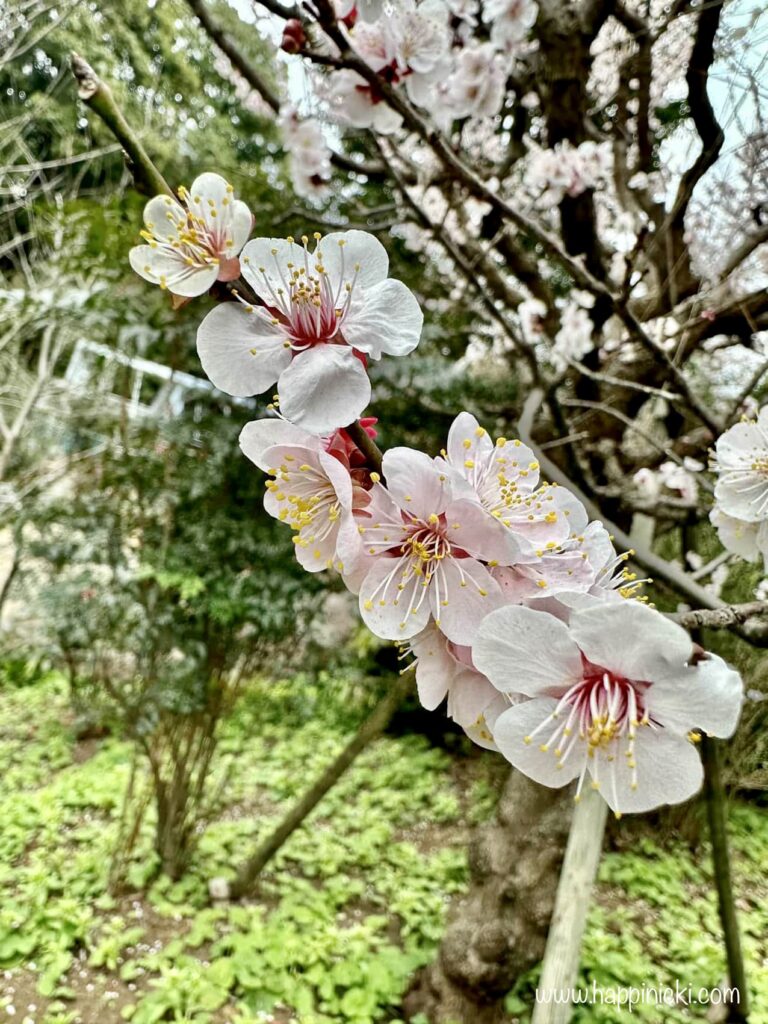
How the blossom grows
Another great way to check if a flower is peach, plum, or cherry blossom, is by looking at the way the flowers are attached to the tree. Plum blossoms grow individually and grow directly from the branches.
When you see pairs of flowers blooming from short stalks in tree branches, you can be sure that they are peach blossoms. However, when bunches of flowers grow from the stalks, then, congratulations, because it’s what many tourists and Japanese are looking for – Sakura.
Color
It’s a bit hard to judge the flowers based on their colors because the blossoms somewhat resemble one from the other. However, a simple guide to remember is that peach blossoms are always pink, and will never be white.
Plum blossoms may sometimes appear pinkish-white. However, when you see blooms that are very dark pink to red, you are sure that it’s a plum blossom. Cherry blossoms are usually pink in color, but sometimes, they grow white petals.
When the blossom blooms
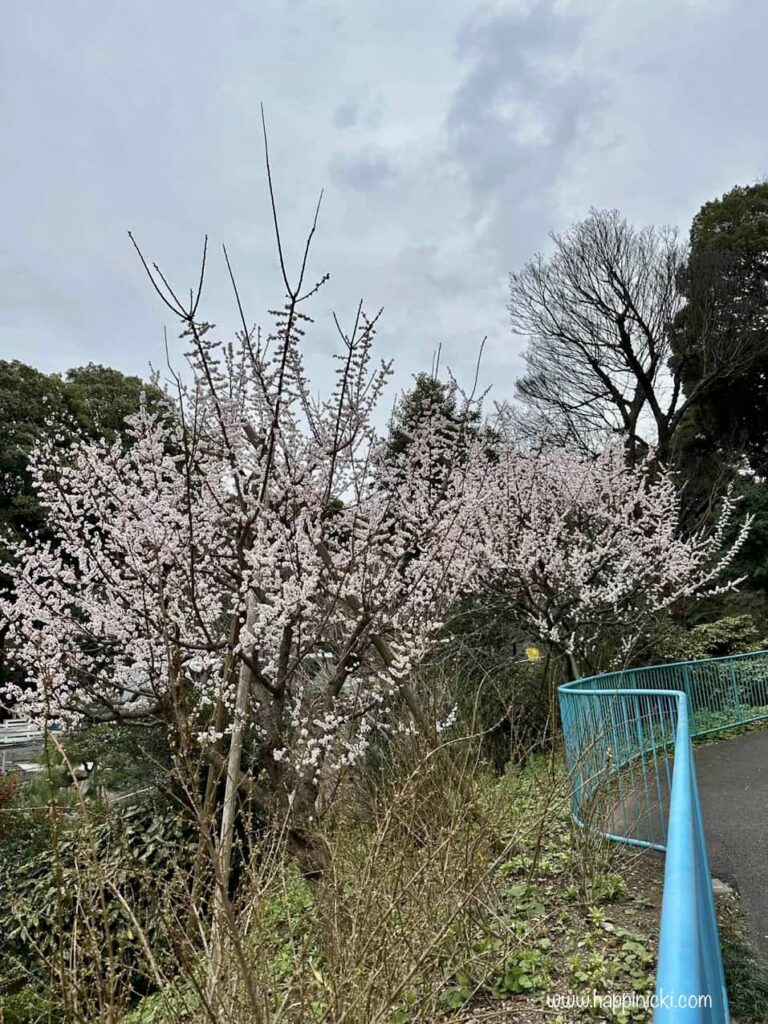
The first among the 3 blossoms to bloom is the plum blossom. Usually, it starts to show during February, when spring has finally arrived. This is the reason why the Japanese sometimes use plum blossom as a symbol for the start of spring.
The next one to bloom is the peach blossom, which happens in March. The peach blossom period also falls during Hina Matsuri on March 3, which is also known as Girl’s Day. Praying for the girls’ healthy growth and fortune is what the Japanese do to celebrate the festive season.
Klook.comOf course, we wouldn’t forget about cherry blossoms which bloom from late March until April. Even though it’s the last to bloom, the cherry blossom is still one of the Japanese (and even most tourists) favorite flowers to see.
The Japanese believe that cherry blossoms symbolize renewal and spring. Sakura reminds them that life is short but beautiful because the flowers bloom in a short period yet they possess beauty like no other.
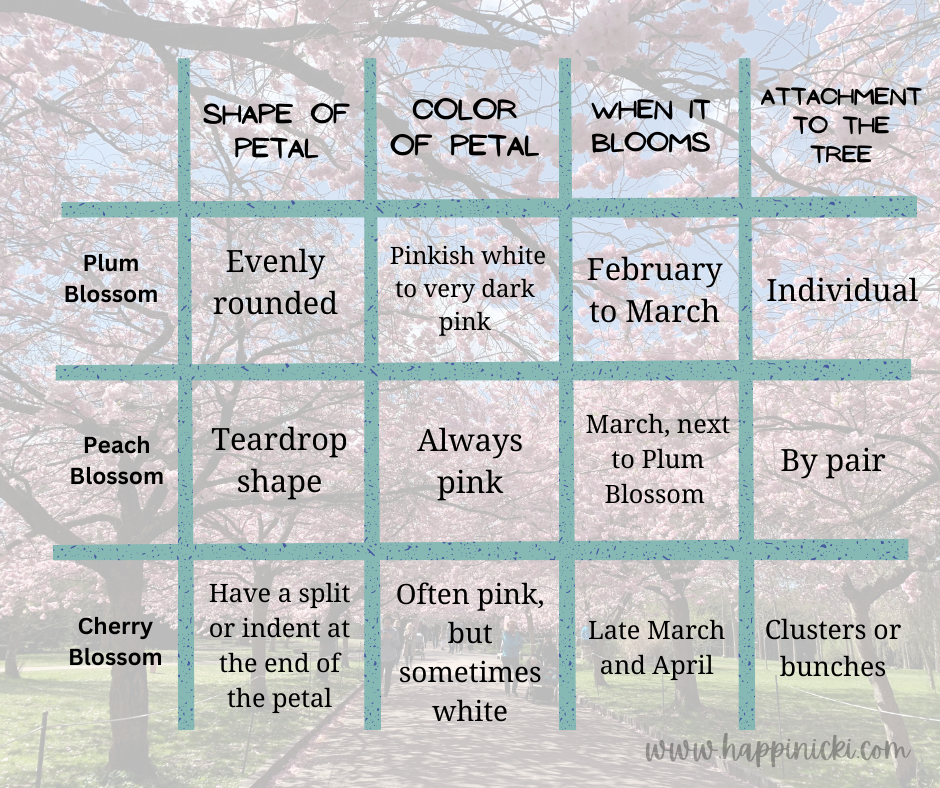
Best time to see cherry blossoms in Japan
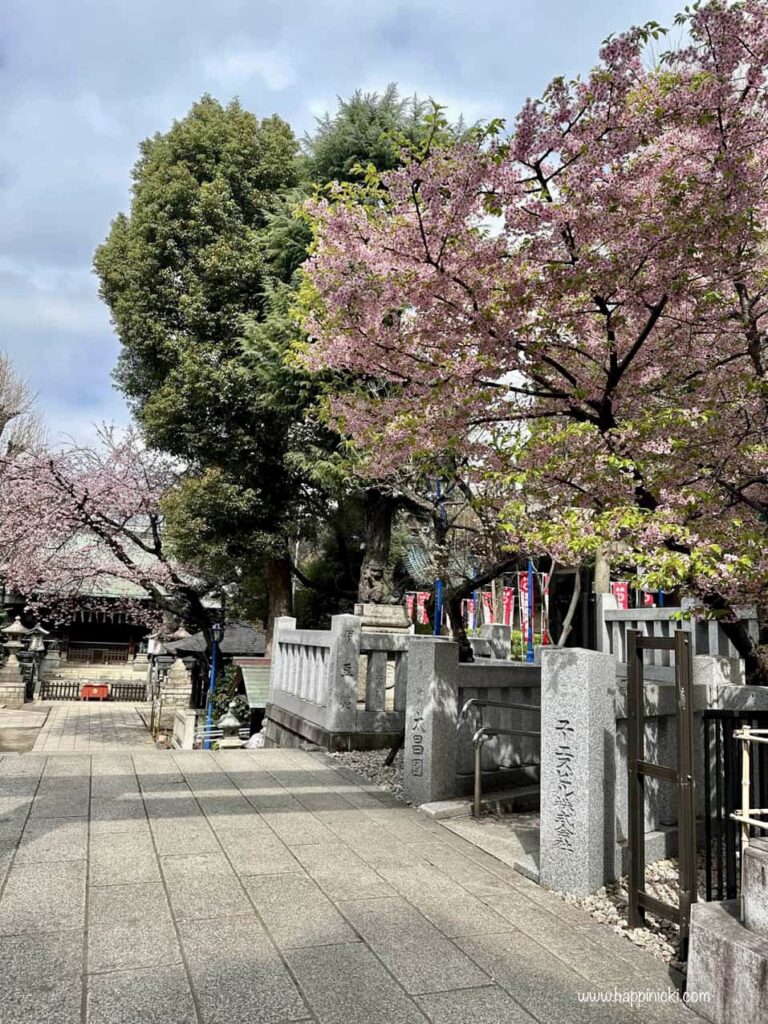
While the cherry blossoms bloom from late March until April, seasonal changes may occur which can change the dates they bloom. Just like in our case, we traveled during the start of March, yet we saw cherry blossoms in some streets and parks.
So, the best time to see cherry blossoms in Japan is by going there during the spring season, from March to May. However, you can also see many beautiful flowers that bloom in different seasons in Japan.
If cherry blossoms are what you can expect to see during spring, sunflowers and cosmos bloom during summer, while maple blooms during autumn. There are even more beautiful flowers you can view when you book a tour at Mt. Fuji!
Want to see cherry blossoms?
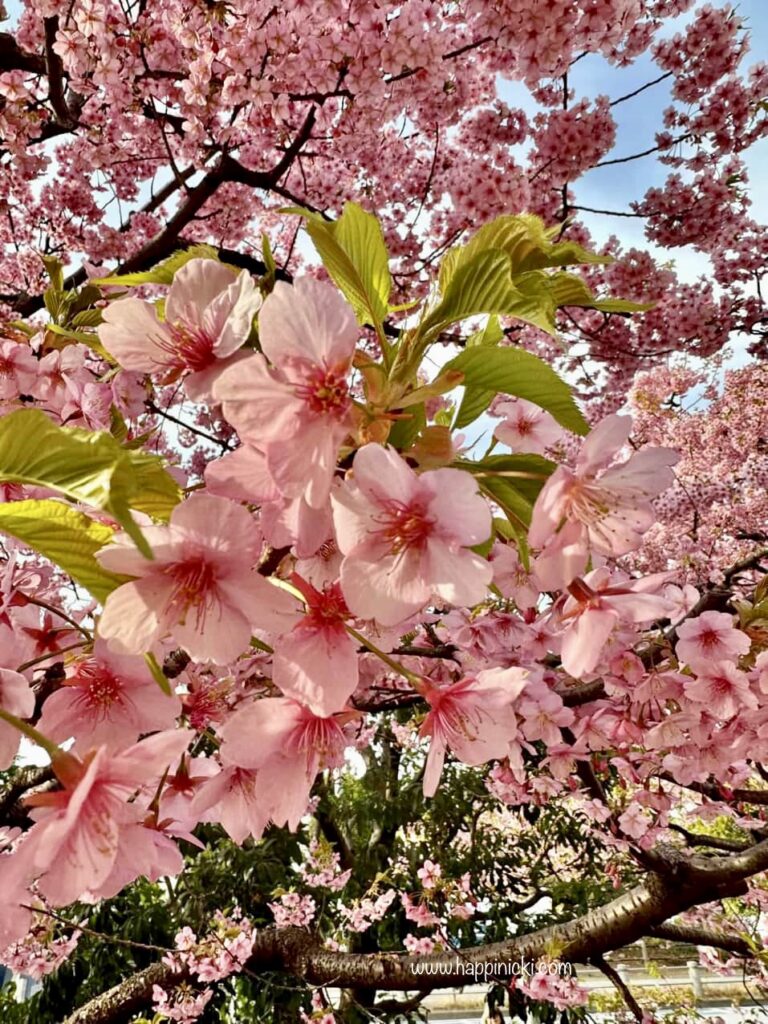
Did you know that you can save yourself from having to locate a cherry blossom when you book a tour? All it takes is just one click from your computer or mobile phone, and you’ll receive an email notification almost instantly as your booking confirmation!
You can book a Mt. Fuji Flower Festival tour so you can enjoy lots of activities in a day. You can pick and eat-all-you-can seasonal fruits at Yamanashi Orchard. And then, you will experience riding a ropeway to see Mt. Fuji!
You can also see cherry blossoms outside of Japan when you visit Korea! Choose between tours to Gyeonggi-do or Yangpyeong to experience cherry blossoms when you visit South Korea.
Klook.comThe takeaway
Flowers always make people smile (except for those who are allergic to them). And cherry blossom, peach blossom, or plum blossom also do the same when they start blooming. Congratulations because now, you can identify which is which among the 3 blossoms.
Is there anything else I missed regarding the differences between the 3 flowers? Please share them in the comments section, I’d love to learn more about them!
If you’re here for the first time, I’d like to invite you to follow me on my socials – Facebook, YouTube, and TikTok so you’re updated on our recent food, hotel, and travel reviews!










